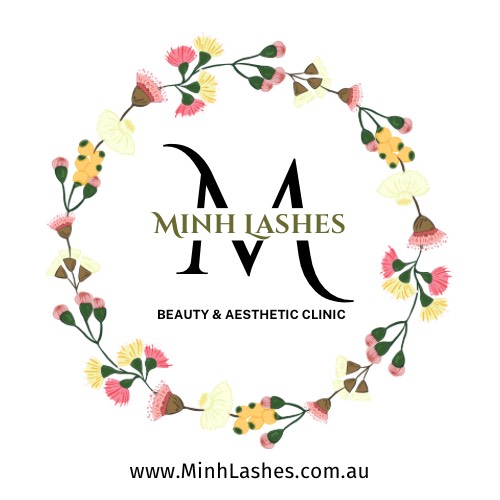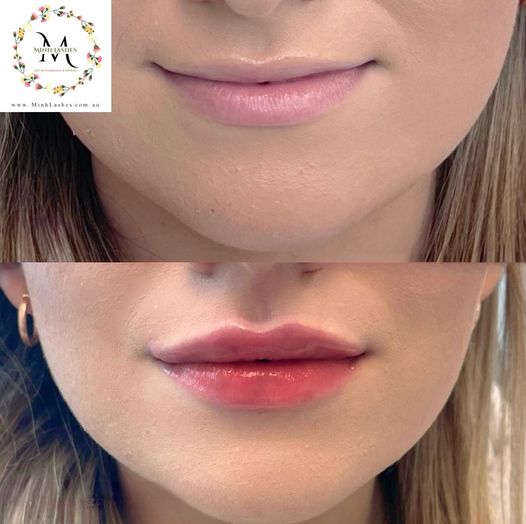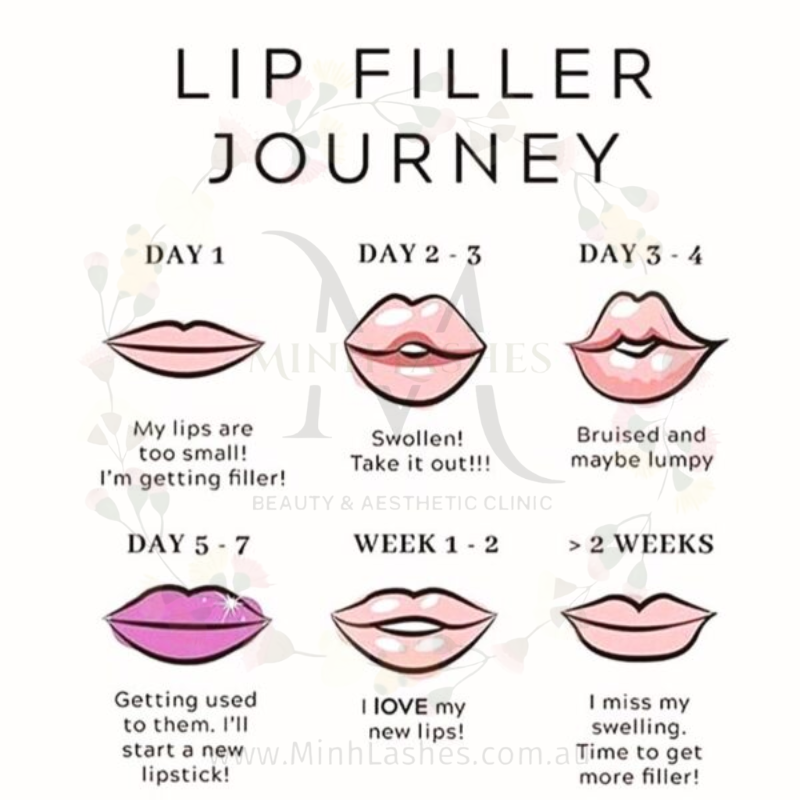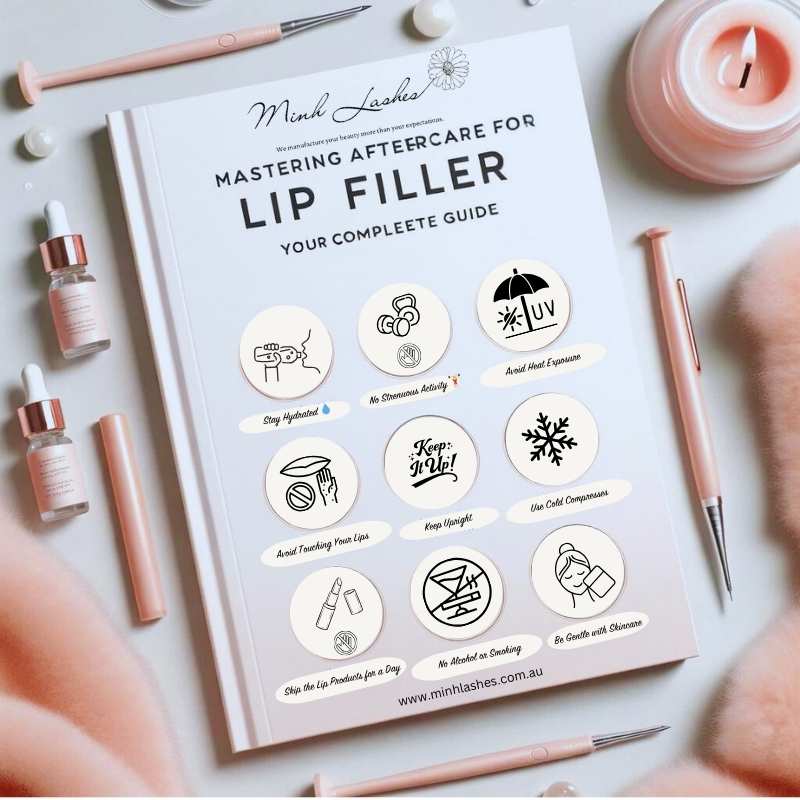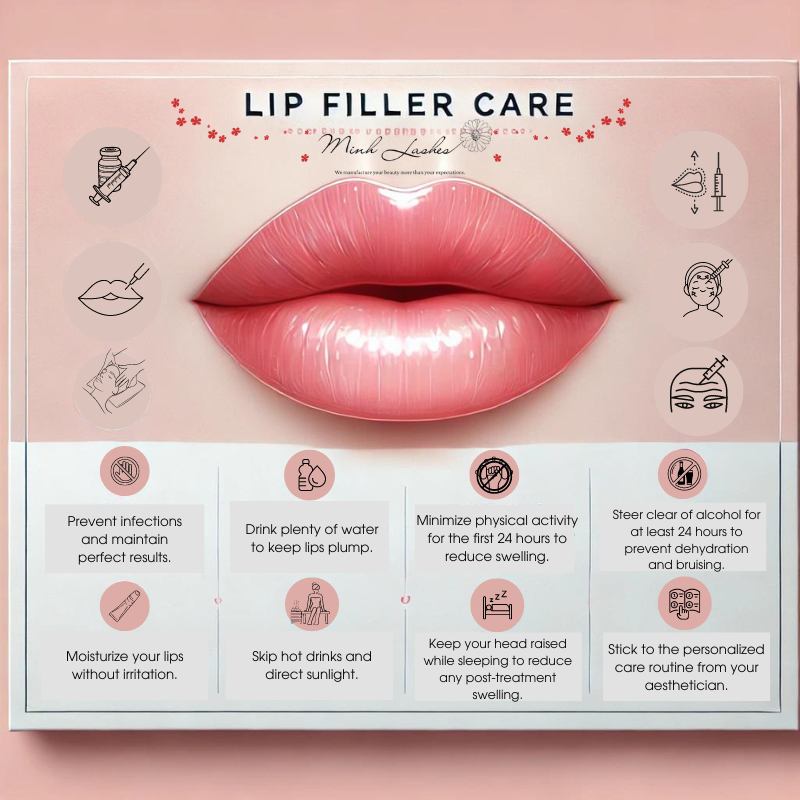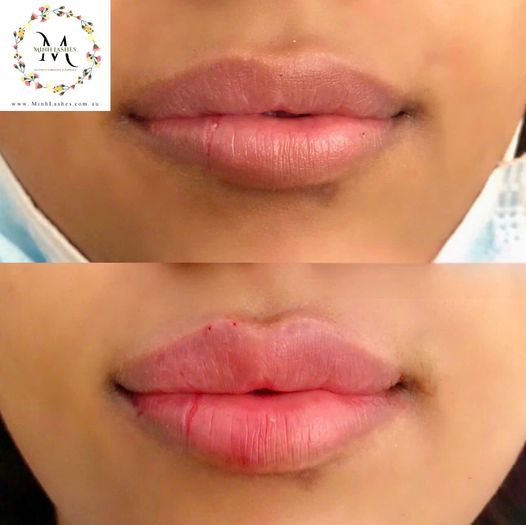No products in the cart.
Lip Filler Migration: Causes, Prevention, and Solutions
Understanding Lip Filler Migration: What You Need to Know
Table of Contents
- What is Lip Filler Migration?
- Common Causes of Lip Filler Migration
- Signs and Symptoms
- Prevention Strategies
- Treatment Options
- Choosing the Right Provider
- Aftercare Tips
- When to Seek Professional Help
Lip fillers have become increasingly popular in recent years, offering a non-surgical way to enhance lip volume and shape. However, with this rise in popularity comes a growing concern: lip filler migration. This phenomenon can lead to undesirable results and potential complications. In this comprehensive guide, we’ll explore the causes, prevention, and solutions for lip filler migration, helping you make informed decisions about your lip enhancement journey.
What is Lip Filler Migration?
Lip filler migration occurs when dermal fillers move from their intended location to surrounding areas of the face. This can result in an unnatural appearance, with filler spreading beyond the lip border or creating lumps and bumps around the mouth. Understanding this issue is crucial for anyone considering or maintaining lip fillers.
Key Points:
- Definition of lip filler migration
- Impact on appearance and facial aesthetics
- Importance of awareness for filler patients
Common Causes of Lip Filler Migration
Several factors can contribute to the migration of lip fillers:
- Improper Injection Technique: Inexperienced practitioners may inject filler incorrectly, increasing the risk of migration.
- Overfilling: Excessive amounts of filler can lead to spreading beyond the intended area.
- Filler Type: Some fillers are more prone to migration than others due to their consistency and molecular structure.
- Facial Movement: Regular facial expressions and movements can gradually cause filler to shift.
- Pressure: Sleeping on your face or applying pressure to the lips can contribute to migration.
- Individual Anatomy: Some people may be more susceptible to filler migration due to their unique facial structure.
Understanding these causes can help you take preventive measures and choose the right treatment approach.
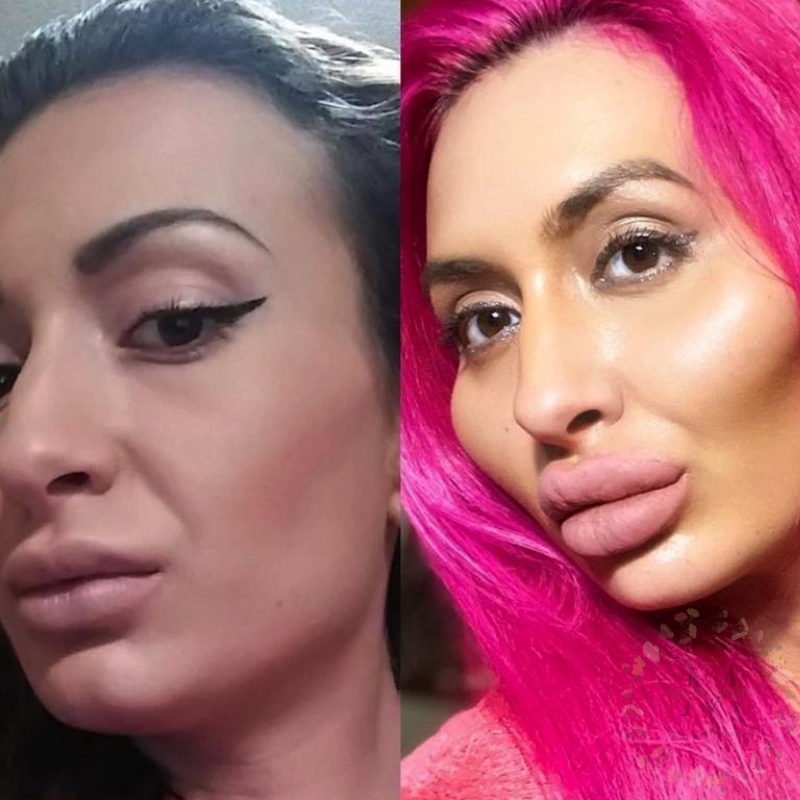
Signs and Symptoms
Recognizing the signs of lip filler migration is crucial for early intervention. Look out for:
- Uneven or asymmetrical lip appearance
- Lumps or bumps around the lip area
- Filler visible above the lip line (often called a “shelf” or “mustache”)
- Changes in lip shape over time
- Discomfort or an unnatural feeling in the lips
If you notice any of these symptoms, it’s important to consult with a qualified practitioner for assessment and potential treatment.
Prevention Strategies
Preventing lip filler migration starts with making informed choices and following best practices:
- Choose a Qualified Provider: Research and select a reputable, experienced practitioner for your lip filler treatment. Learn more about choosing the right provider
- Opt for Appropriate Filler Types: Discuss with your provider which filler is best suited for your lips and less prone to migration.
- Avoid Overfilling: Start with conservative amounts of filler and gradually build up if needed.
- Follow Aftercare Instructions: Adhere to post-treatment guidelines provided by your practitioner. See aftercare tips
- Regular Check-ups: Schedule follow-up appointments to monitor your results and address any concerns early.
- Be Mindful of Facial Movements: In the days following treatment, try to minimize excessive facial movements that may affect filler placement.
Treatment Options
If you’re experiencing lip filler migration, several treatment options are available:
- Hyaluronidase Injections: This enzyme breaks down hyaluronic acid-based fillers, effectively dissolving unwanted filler.
- Filler Adjustment: In some cases, additional filler can be strategically placed to correct asymmetry or unevenness.
- Massage Techniques: Gentle massage may help redistribute minor filler migration in some instances.
- Surgical Removal: In rare, severe cases, surgical intervention may be necessary to remove migrated filler.
- Natural Dissolution: Sometimes, waiting for the filler to naturally break down over time is the best approach.
Consult with a qualified practitioner to determine the most appropriate treatment plan for your specific situation.
Choosing the Right Provider
Selecting a skilled and experienced provider is crucial in preventing lip filler migration and ensuring satisfactory results. Consider the following when choosing a practitioner:
- Qualifications and certifications
- Years of experience with lip fillers
- Before and after photos of previous clients
- Patient reviews and testimonials
- Consultation process and communication style
- Knowledge of different filler types and injection techniques
Don’t hesitate to ask questions and express any concerns during your consultation. A reputable provider will prioritize your safety and desired outcome.
Aftercare Tips
Proper aftercare is essential in minimizing the risk of lip filler migration. Follow these tips for the best results:
- Avoid touching or massaging your lips for the first 24-48 hours after treatment.
- Sleep on your back with your head elevated for the first few nights.
- Stay hydrated and maintain a healthy diet to support optimal healing.
- Avoid extreme temperatures (hot showers, saunas, etc.) for at least a week post-treatment.
- Refrain from strenuous exercise for 24-48 hours after the procedure.
- Use gentle, non-irritating skincare products around the lip area.
- Protect your lips from sun exposure with SPF lip balm.
When to Seek Professional Help
If you suspect lip filler migration or experience any unusual symptoms, it’s important to seek professional help promptly. Contact your provider or a qualified practitioner if you notice:
- Significant changes in lip appearance or symmetry
- Persistent swelling or lumps
- Discomfort or pain in the lip area
- Signs of infection (redness, warmth, or fever)
- Any other concerns about your lip filler results
Early intervention can often prevent more serious complications and help maintain your desired lip appearance.
In conclusion, understanding lip filler migration is crucial for anyone considering or maintaining lip enhancements. By choosing a qualified provider, following proper aftercare, and staying vigilant about potential signs of migration, you can minimize risks and enjoy beautiful, natural-looking results. Remember, your lips are a central feature of your face, and taking a thoughtful, informed approach to lip fillers will help ensure the best possible outcome.
Have you experienced or considered lip fillers? Share your thoughts or questions in the comments below, and let’s continue the conversation about safe and effective lip enhancement techniques.
⬇️ Appointment Infoline ⬇️
MINH LASHES | Beauty Clinic & Supplies
☎️ 045233 1613 – 042605 0813
🚩Location: 7 Boardman St, Yagoona 2199, NSW, Australia
🌏Website Beauty: https://minhlashes.com.au/
🌏Website Supplies: https://minhlashes.com/
✅✅✅ Follow us on:
👉Facebook: https://www.facebook.com/minhlashes
👉Tumblr: https://www.tumblr.com/minhlashescom
👉 Instagram https://www.instagram.com/minhlashes/
👉 Twitter: https://x.com/minhlashesau
👉 Pinterest: https://pin.it/7j5db5Qhm
Read More:
- Realistic 1ml Lip Filler Before and After Thin Lips: Transforming
- Botox for Masseter Muscles: A Complete Guide to Jaw Slimming Treatment
- RF MicroNeedling experience the Best in Sydney in 2023
- Top 5 Benefits of Botox for Migraines: A Breakthrough Treatment for Chronic Headaches
- The Complete Guide to Botox Care After Treatment: Essential Tips for Best Results
Related Posts:
-
Do Lip Fillers Hurt? Understanding the Procedure and Pain Level
-
The Dangers of Bad Lip Fillers: What You Need to Know
-
1ml Lip Filler Before and After: What to Expect from Your Treatment
-
The Impact of 0.5 ml Lip Fillers on Thin Lips: A Subtle Enhancement
-
Understanding the 0.5 ml Lip Filler Swelling Stages: A Comprehensive Guide
-
Lip Fillers Lips: Everything You Need to Know About Enhancing Your Lips
-
Lip Fillers Gone Wrong: What You Need to Know
-
Lip Fillers Before and After 1ml: What to Expect from Your Treatment
-
The Real Cost of Lip Fillers: Understanding Lip Filler Prices
-
The Ultimate Guide to Lip Filler Injection: What You Need to Know
-
Understanding and Managing Lip Filler Bruising: What You Need to Know
-
Everything You Need to Know About Dissolving Lip Filler
-
Mastering After Care Lip Fillers: Your Complete Guide
-
Post Lip Filler Care: Essential Tips for Optimal Results
-
The Natural Lip Filler Revolution: Enhancing Your Pout Naturally
-
Lip Flip vs Filler: Which Lip Enhancement Option is Right for You?
